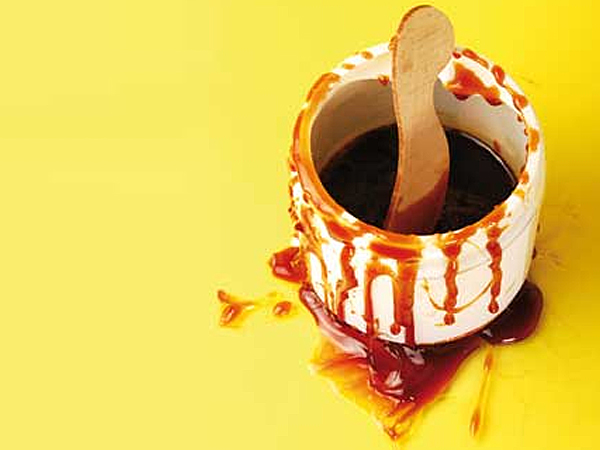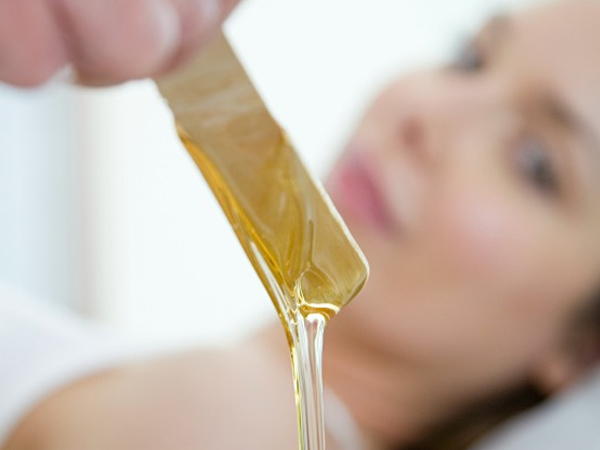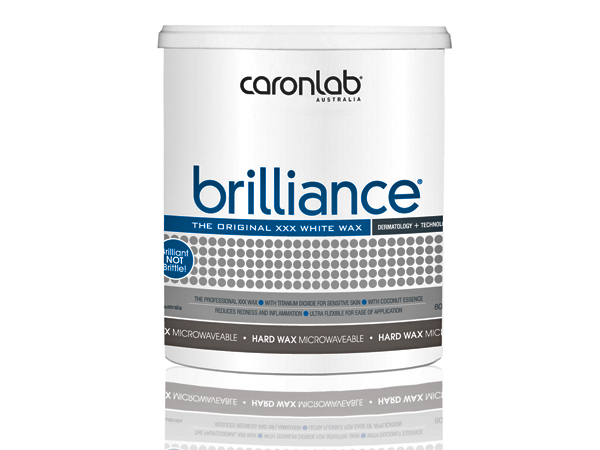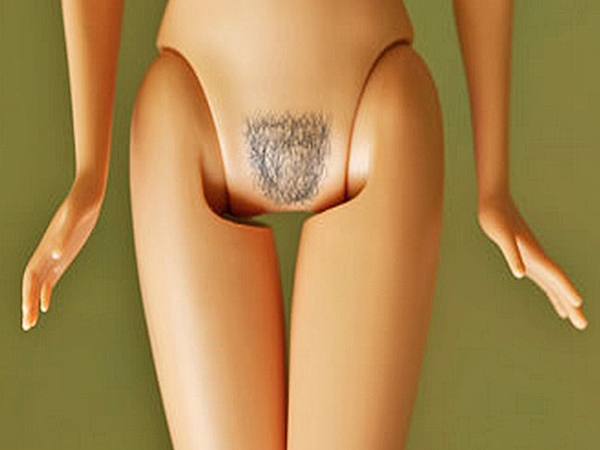Waxing pro and founder of Caronlab, Lilliane Caron details the weirdly wonderful evolution of the humble wax pot.

The beauty industry is an amazing world to be a part of. It’s forever changing and expanding rapidly. Trends come and go and products that were once revolutionary now seem so mundane, as if there was never a time we didn’t have these kind of luxury’s at our finger tips.
in Middle Eastern countries women waxed in order to reduce parasites, fleas, lice and body odour
Hair removal may not be considered the most glamourous aspect of the beauty world, most people prefer to talk about makeup tips, or which fake tan gives you a flawless finish. However, waxing is a multi-million dollar industry and is the bread and butter of most salons.
A humble beginning

While hair removal these days is considered part of any beauty regime, purely for aesthetic reasons, it first originated in Middle Eastern countries in order to reduce parasites, fleas, lice and body odour which were all very common when living in such hot conditions.
With few options, they made waxes out of sugar and beeswax and used tweezers made from seashells
It has long been tradition that even the men are completely hairless. With few options, they made waxes out of sugar and beeswax and used tweezers made from seashells (can you believe!?).
During the Roman Empire, the lack of body hair was also considered a sign of wealth and class, but even the wealthiest people in this period could only use what limited resources were available, generally tree sap, razors made from flints and sharp stones to scrap the hair.
And so it begins…

In the 1930s the first commercial waxes were manufactured in France to be sold to the public. As time went by, waxes became more available to the public and quickly became the choice of woman all over the world for removing unwanted hair.
In the last 50 years, the waxing industry has evolved immensely. By the 60s there were both strip and hard waxes on the market; however the formulas and ingredients used to produce the waxes were inferior to those on the market today. While the idea had been marketed, the waxing industry was far from perfect and had a long way to grow.
The idea that started it all

From being in the waxing business myself for over 30 years, I have witnessed the growth of this industry first hand.
In 1979, I was working long hours in my own salon and became frustrated with the expensive, inferior, difficult to use waxes on the market. The strip wax crystalized and the hard wax went brittle on the skin.
imagine putting your used wax in a fish and chip fryer every night and sifting out the hair because that’s what we were originally doing!
Not only were they poor quality, but we had to sift the hair out of the wax and reuse it – imagine putting your used wax in a fish and chip fryer every night and sifting out the hair because that’s what we were originally doing!
I was sick and tired of a system that was desperate for a makeover, so I set about formulating my own range of hard and strip waxes.
In the year 2000, the world’s first white wax was formulated by my company to grip the hair without pulling the skin or ever cracking or going brittle, in response to the growing trend in Brazilian waxing which was rapidly making a comeback.
The Brazilian boom

The Brazilian has been around since the early BCs, and the trend has come and gone countless times. History tells us that Catherine de Medici, the Queen of France in the mid 1500s actually banned the removal of all pubic hair. Who would have thought anyone would ban such a thing!?
The waxing industry is currently thriving in both a retail and salon environment. The idea of having smooth silky hair free skin is no longer considered a luxury (or a means of warding off fleas!); it is the norm – particularly for women.
There are now water soluble, dripless, microwavable, as well as powdered waxes, as well as waxes that contain titanium dioxide to decrease redness and irritation.
With convenience in mind for both beauty therapists and at-home users, there are perfectly sized hard wax pallets which mean there’s now no need to smash up hard wax with hammers.
There are now water soluble, dripless, microwavable, as well as powdered waxes, as well as waxes that contain titanium dioxide to decrease redness and irritation. This kind of innovation makes me excited for what the future holds. In 30 years’ time, who knows what kind of waxes we will have and what they will be capable of. Only time will tell…
Lilliane Caron is the owner and director of Caronlab Australia. If you’d like to ask Lilliane Caron for some advice on your own salon, email info@caronlab.com.au or head to caronlab.com.au for more info on the latest waxing innovations.

